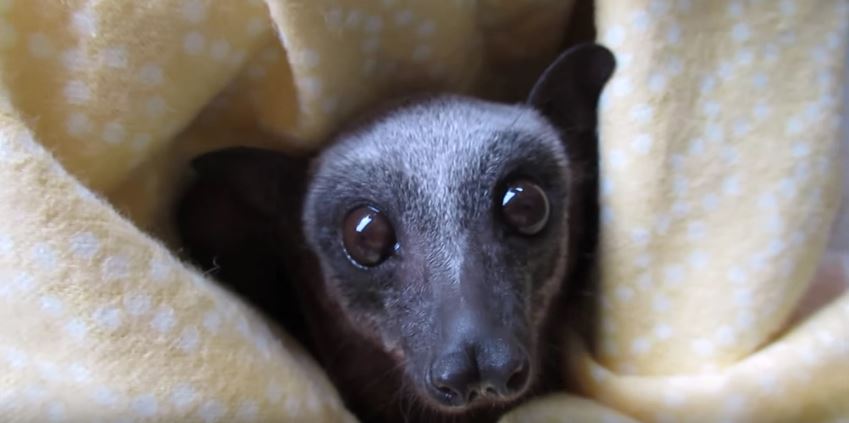Biology of Little Brown Bat

This bat species can be found in North America, as well as the southern part of Canada. This small bat is approximately 3 to 5 inches long and weighs only one sixteenth and one and half an ounces. The wing span is 9 to 11 inches. Most of the times, female are larger than the male bats. This specific species have dark, brown fur and dark brown wing membranes.
Bat’s Activity
As everyone knows, the brown bat is nocturnal, except from spring season, when you will see them fly around during daylight to catch some insects. Apart from that, the bat is in its roost all day long and will go out at sunset to begin the feeding process, which last 1 to 5 hours. They have a separate night roost, where they get close to one another in order to fight cold temperatures.
Vocals
This type of bat can fly 20 miles per hour and make use of those self-generated sounds and echolocation in order to avoid obstacles and also locate their prey. Humans cannot detect or hear these sounds with their bare ears.
Diet Habits
These bats eat all kinds of flying insects during the nocturnal feeding period. The female bat, during the lactating period, can eat up to 110% of her body weight. One bat may eat up to 300 to 3000 insects every night. Farmers, in a world where bats do not exist, would have to spend hundreds of dollars to pesticides every year.
The bat will use its teeth to trap the insects or a coordination of its wings and tail. Every night each bat seems to concentrate to one single type of insects. This seems to gain them complete efficiency. Bats like to hunt near streams and ponds, and though they do hunt in specific areas, they do not have territorial issues.
Mating
Since hibernation, bats begin to mate with several partners in order to leave and go to their summer roosting areas afterwards. The females, once pregnant will stick together and find a nursery roost. The bat will give birth to one single pup after 50 or 60 days. When the pups are very young, the female bats are carrying them together during their night flights. After the first, difficult winter in their lives, bats are likely to live more than 20 or even 30 years.
Predators
You can imagine that bats have many predators in the outside world. Raccoons, rats, mice, snakes, and weasels are chasing bats frequently. Additionally, hawks and owls also can hunt down and kill a bat. Martens and fishers have also been spotted feeding with bats.
White Nose Syndrome
A bat will use the fat that reserves in order to survive winter and have the necessary energy to mate. The white nose syndrome is caused by a fungus, during winter torpor. This fungus is causing the waking of the bat when it should be sleeping. This might be the cause of death of a bat. It was first analyzed in 2006 and killed millions of bats since then.
Read the How to get rid of bats page for helpful information and to learn more about Biology of Little Brown Bat

